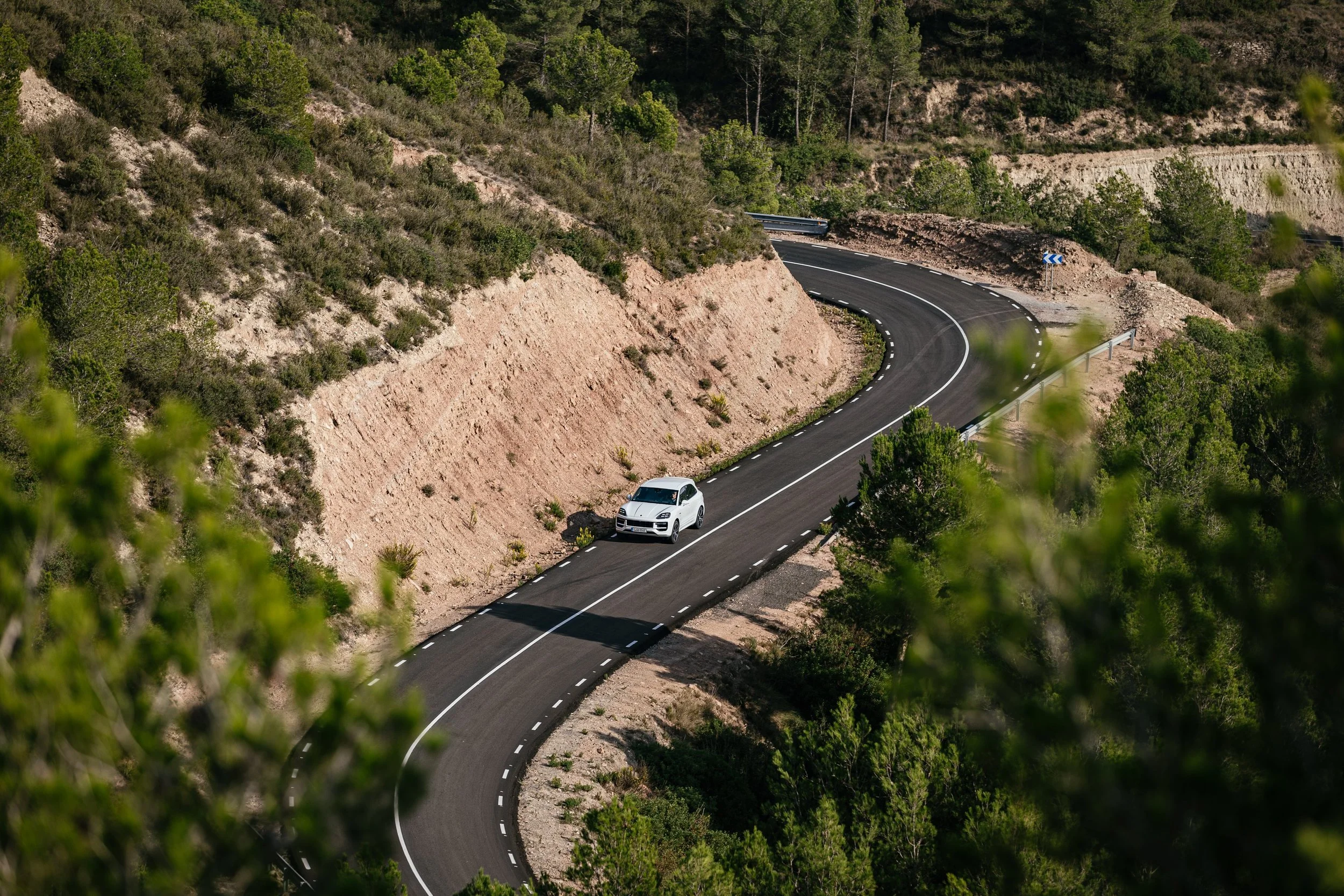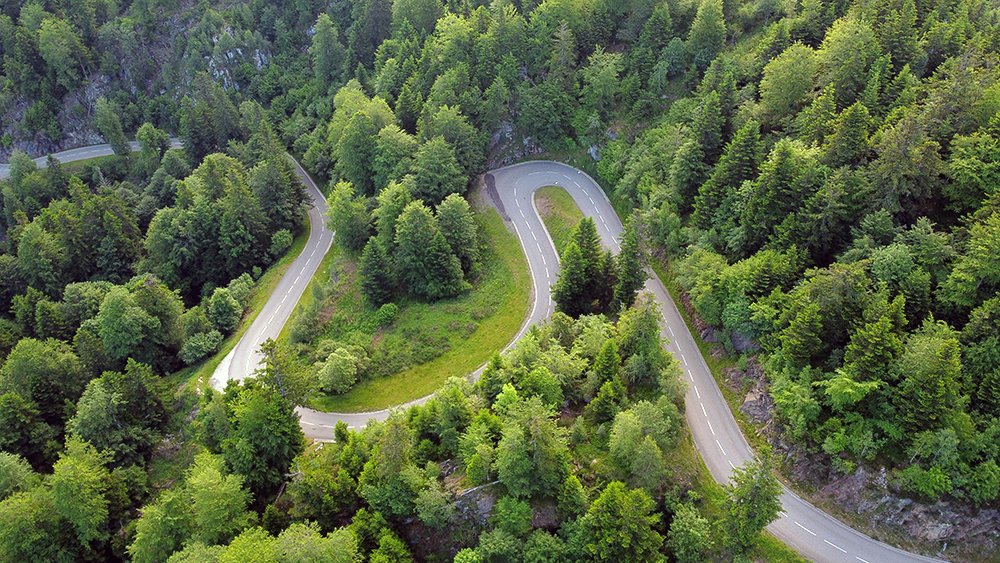Detour #267: Following Don Quixote from Madrid to Ciudad Réal, Spain
Photography Shutterstock
Miguel de Cervantes’ hero defined the term quixotic for his fantastical adventures. A road trip from madrid to Ciudad Réal is very real, but no less fantastic.
Driving down Madrid’s highway-wide Paseo de Castellana, which slices the city in two, is not unlike swimming with sharks. There’s fear, exhilaration and a slightly detached sense of wonder as cars merge left and right, cutting and diving around each other. To emerge without being bitten is definitely a huge relief and it’s not until I’m clear of the city limits and heading south that there’s any real driving pleasure to be had.
Paseo de Castellana, Madrid
Chinchón is around 30 miles south east of the city centre, with most of the journey on the fast-moving A3 spent simply enjoying the relative freedom of clear roads. Soon the aggressive pace of motoring in Madrid is forgotten.
Chinchón’s medieval cobbled roads couldn’t be more different to the big city’s streets and I carefully negotiate the gaps between parked cars and centuries-old walls to the town square or Plaza Mayor. Actually it’s not a square at all, being rather random in shape. The two and three storey houses with their running balconies surrounding the Plaza give the feeling that you are in an arena. Which, in fact, you are. In the centre is a wide dirt ring, today being used as a car park, but between March and October it serves regularly as a bullring. On the walls of the cafés and bars of Chinchón are countless pictures of matadors in action. It’s a grisly, tough sport that remains popular in Spain despite its political incorrectness. But contrary to popular belief it’s not always bad news for the bulls. Those which show exceptional courage or strength in the ring may be spared by the crowd and live a long, luxurious life as a stud.
Plaza Mayor, Chinchón
Resisting the temptation to spin wheels as a bull scrapes its hooves, I exit sedately. It’s not far before there’s a chance for some more spirited driving though. The road to Toledo becomes increasingly curvaceous as it follows the Tagus river. It’s a challenging drive, with more twists and turns than De Cervantes’ novel.
All too soon the walled city of Toledo comes into sight. A World Heritage site, Toledo’s narrow cobbled streets have an extraordinary history. The city was founded in 540 by Jewish colonists and it served as Spain’s Visigothic capital until the Moors conquered in the 8th Century. For 600 years it was renowned for its religious tolerance with Jews, Muslims and Christians living side by side. But Toledo also has its darker side. The city is famed for its steel – used mainly in the production of armour and weapons. It was besieged as recently as 1936 during the Spanish Civil War.
Toledo
Threading through the increasingly narrow streets, I’m beginning to feel besieged myself. Wing mirrors folded in, relying on the electronic parking sensors and faith to guide me through the city, it suddenly dawns on me that all of the other cars inside the city walls are a) mostly superminis and b) mostly battled scarred from confrontations with the ancient walls.
I’m grateful to escape and the long straights south towards the gothic glory of Ciudad Réal are welcome after the claustrophobia of Toledo. These great plains of La Mancha were once Don Quixote country, and the windmills he imagined to be giants are immaculately preserved on the hillsides.
Quixote’s vivid imagination may have ultimately led to his downfall, but this route is uplifting all the way.























Go to Granada for the city’s historic streets, stay for the fabulous food, and leave to explore the amazing roads of the Sierra Nevada region and Gorafe desert beyond.